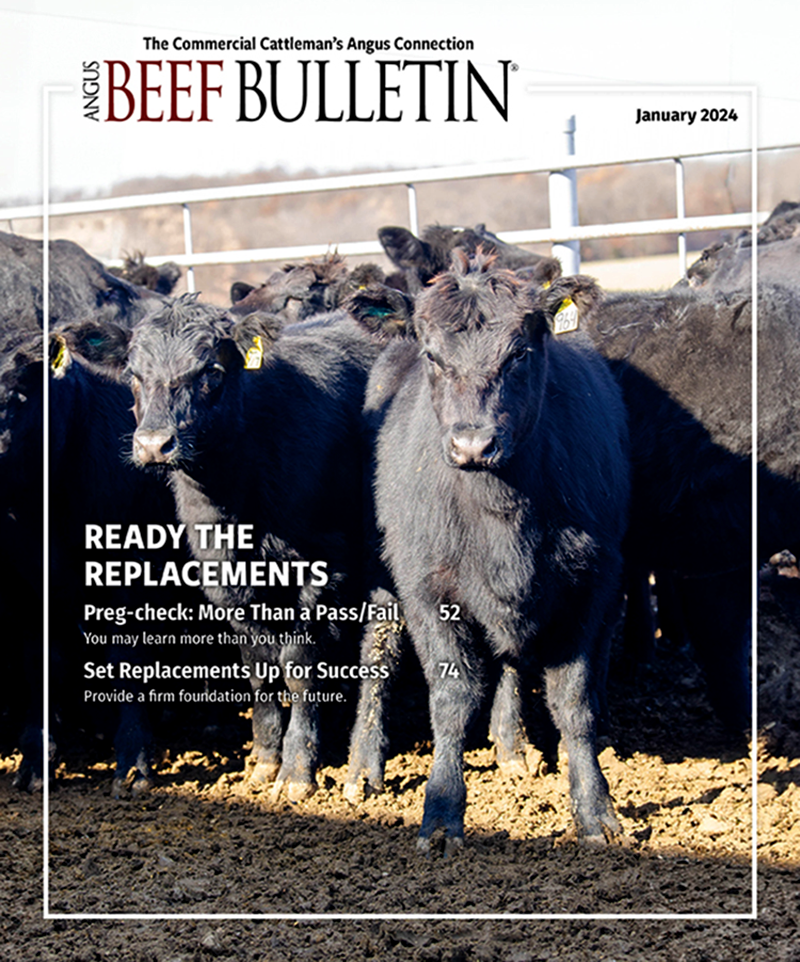
Vaccination Reactions
Most reactions can’t be predicted or prevented, so it’s important to be prepared.
An allergic reaction to vaccination can be mild and local, like temporary swelling at the injection site, or fatal if the animal goes into anaphylactic shock. Janice Berg, director of veterinary affairs at Merck Animal Health, says clostridial vaccines often produce local reactions. A large injection-site reaction can make the neck sore for a few days.
“If the animal is very sensitive to the vaccine, it can be a large swelling, and the animal may be reluctant to move — and lame — for several days,” she says. “If swelling is near the shoulder, pain hinders movement when the animal walks.”
The neck is the preferred location for injections. However, if it’s covered with mud or manure, you must select a cleaner site, like behind the shoulder.
“Administer the injection far enough away from the shoulder (either in front or in back of it) that it won’t interfere with range of motion if swelling occurs,” says Berg.
Most reactions can’t be predicted or prevented, so it’s important to be prepared.
“It’s wise to have epinephrine on hand and corticosteroids such as dexamethasone to treat an animal that has an anaphylactic reaction. It is crucial to treat these as soon as possible, especially if respiratory distress becomes severe, because these animals can quickly die,” she says.
Monitor vaccinated animals for at least an hour. Most fatal reactions occur within the first few minutes, but a reaction within the first hour can be life-threatening unless the animal is treated. You’d see the animal acting abnormally, having difficulty breathing and possibly drooling saliva.
“There is usually some respiratory distress. Fluid starts to build up in the lungs (pulmonary edema) and the animal basically drowns. The animal may become agitated or anxious because it can’t breathe very well, and may have muscle tremors/shaking. The animal becomes quite distressed and then collapses. When you see any of these signs, it is imperative to treat immediately,” says Berg.
Have a plan for what to do in case of a serious reaction. Even if you have a bottle of epinephrine on hand for emergencies, Berg suggests checking the expiration date and replacing it when it gets out of date. You might not need it for several years, but if you do, you want it to be effective.
“Replacing it is very inexpensive compared with loss of an animal,” says Berg.
Familiarize yourself with label directions so you are not trying to find your glasses or to read fine print when you are in a panic trying to inject an animal that is about to die of suffocation. Put a piece of tape on the bottle and use a marker to write dosage and route of administration in big print that is easy to read.
Have the epinephrine in your chuteside kit when vaccinating cattle, along with spare needles, transfer needles, pliers for changing needles, etc. If you take time to run back to the house to get the bottle, you may be too late to save the animal.
If a certain animal has a severe reaction and recovers, be careful when giving that same vaccine again the next season. These reactions tend to be worse the next time, and the animal may die.
“That animal is already sensitized to whatever protein antigen is in that vaccine, and there’s risk for this to happen again,” Berg says.
If you are giving multiple vaccines at the same time and getting injection-site swellings, make note of which vaccine you give where. If you always give the clostridial vaccines on one side of the neck and the live-virus injections on the other side, you’d know which injection caused the local reaction.
Consult with your vet about which vaccines you should be using and when. Sometimes it’s detrimental to give many vaccines at once.
“Vaccine storage and handling is also crucial — prior to and during use — to make sure it will be effective. If it’s been frozen, or out of the refrigerator too long, efficacy may be reduced, and the potential for reactions may increase,” she says.
Editor’s note: Heather Smith Thomas is a cattlewoman and freelance writer from Salmon, Idaho.



